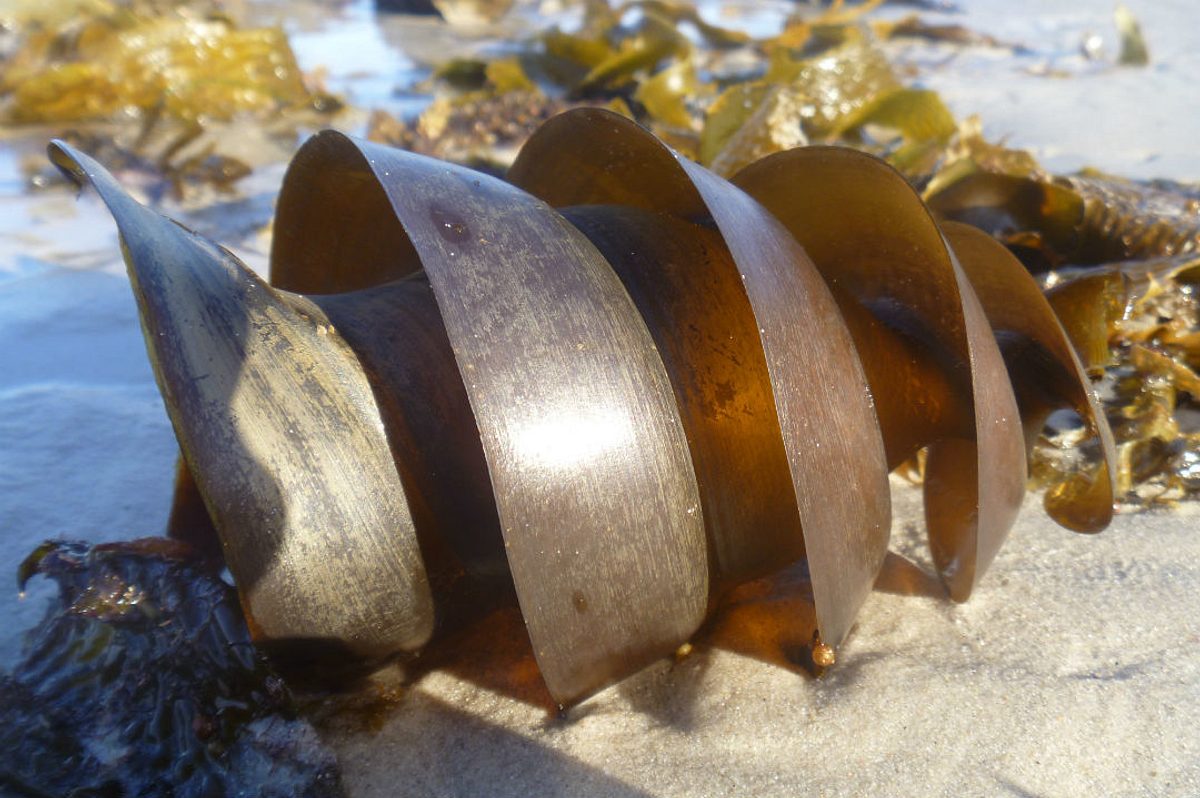
10 things to look for when beachcombing in South Australia
Looking at what the sea has washed ashore is a fun and educational activity for adults and children alike.
There are lots of interesting things to look out for no matter where your local beach is. Shells, shark egg cases, bones, seaweed, corals and other sea life can all be found along South Australia’s beaches, along with interesting rocks, pieces of smooth sea glass and driftwood.
But remember – while you can look and take photos of animals and plants, it is illegal to remove any animals or plants from rocky reefs in SA (from high tide down to 2 m).
It’s fine to take home a few of the empty shells that you find washed up on the beach - as long as they aren't from within a marine park sanctuary zone or where a national park borders the coastline – but just make sure they are really empty first!
Here are 10 things to look for on your next beachcombing adventure:
1. Port Jackson shark egg cases
These brown, spiral-shaped egg cases are quite distinctive. Female Port Jackson sharks wedge them into gaps between rocks, where they harden and can stay for up to a year before the baby shark hatches. Sometimes they are dislodged by storms and end up on the beach. They range in size from 5 to 15 cm long.

2. Moon snail sacks
Commonly known as ‘sausage blubbers’ or ‘jelly blubbers’, these clear, c-shaped jellies are actually masses of moon snail eggs. The adult moon snail is a small brown and fawn snail that hunts in intertidal areas for little bivalve creatures.

3. Abalone shells
Abalone have one flattish shell with a row of holes along one side to help them breathe. Rough on the outside, they’re pearly and beautiful inside, and when they’re alive they clamp onto rocks using a muscular foot.

4. Razorfish
Razorfish are a bivalve, meaning they have two shells instead of one. They can live for 15 years and grow up to half a metre long. They live in groups in sandy or muddy sediments, and true to their name, the edges of their shells can be very sharp if you step on them.

5. Anemone cones
Anemone cones are cone shells, measuring up to about 5 cm long, that are found all around the SA coast. They are predatory molluscs that use a miniature poison dart to paralyse and catch worms on the seafloor. The live snail could give a person a painful sting, but the empty shell is not dangerous.

6. Cuttlefish bones
Anyone who has had a pet budgie is probably familiar with cuttlefish bones, as they are traditionally given to caged birds to sharpen their beaks. Cuttlefish come from the same order as octopus and squid. They are soft-bodied creatures with 8 arms and 2 long tentacles to catch food, and the white ‘bone’ is actually an internal shell that helps them float.

7. Tapeweed fibre ball
When Tapeweed, a type of seagrass, breaks down in the sea the fibres can roll together in the waves to form balls. They’re like cat fur-balls of the sea! In some areas they can be as big as soccer balls.

8. Sponges
Sponges may look like plants, but they are actually simple animals with a skeleton made from a fibrous material called spongin. They come in many shapes and sizes, and extract food by pumping sea water through their pores.

9. Sea urchins
Sea urchins are spiky little creatures with sharp teeth for eating algae, and tiny feet to move around. They are usually found on reefs or seagrass, but if they are washed ashore, their spines are usually broken off along the way. The rounded shell that is left behind is known as a ‘test’.

10. Surf crabs
Also known as sand crabs, surf crabs are a greyish colour and grow to about 10 cm across, with 2 red dots on their shells that look like eyes. As they grow, they discard their old shells and grow new ones, so empty shells often wash up on the beach.

11. Beach wrack
Beach wrack, primarily composed of seaweed, plays a crucial role in coastal ecosystems. It provides essential nutrients, shelter, and food for various marine life, including fish and crustaceans. By stabilising the shoreline, beach wrack also protects against erosion.

Sand delivery and replenishment also play a crucial role in enhancing beach conditions for beachcombing, creating more extensive areas for exploration and increasing the diversity of treasures washed ashore. These efforts by the Department for Environment and Water not only improve recreational opportunities but also help maintain and protect our shorelines, ensuring they remain vibrant and healthy.
Check out the Beach Explorer’s Guide to Plants and Animals in South Australia to learn more about these and other interesting things you can find along our beaches.





